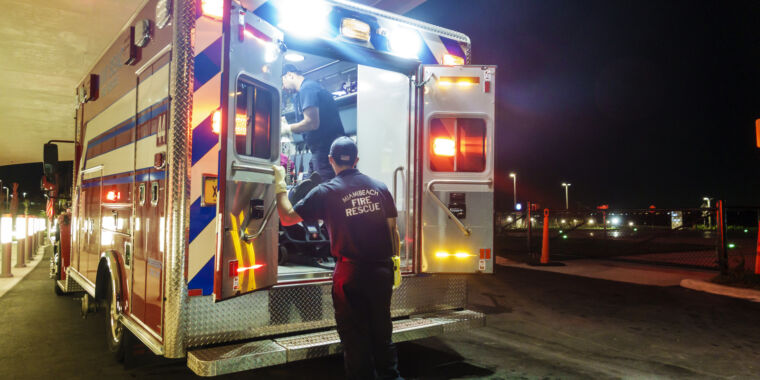The Complexity of Hospital Price Transparency in the United States
Over the past few years, there has been a significant push for greater transparency in healthcare pricing, particularly in hospitals. Since 2021, a federal law has mandated that hospitals disclose their prices to the public, with the intention of allowing consumers to make informed decisions about their care. However, recent analyses have shown that hospitals have struggled to comply with this regulation effectively.
The Challenges of Compliance
An analysis conducted by the Kaiser Family Foundation (KFF) in 2023 revealed that the pricing information provided by hospitals was “messy, inconsistent, and confusing.” This lack of consistency and clarity has made it difficult for patients and researchers to utilize the disclosed prices for their intended purpose. Similarly, a report from Patient Rights Advocate in February 2024 found that only 35% of the surveyed hospitals were fully compliant with the transparency rules established in 2021.
Despite efforts to enhance price transparency, the practicality of this initiative in emergency situations, such as trauma care, remains questionable. In cases of severe injuries requiring immediate attention, individuals are often transported to the nearest hospital without the luxury of considering price differentials while being transported in an ambulance.
Price Discrepancies in Trauma Care
A recent study published in JAMA Surgery shed light on the substantial variations in pricing for trauma care across hospitals in the United States. Researchers from Johns Hopkins and the University of California, San Francisco, documented price differences ranging up to 16-fold for the same services, where cash prices sometimes undercut insurance negotiated rates.
The study focused on “trauma activation fees” (TAFs) introduced in 2002 to standardize billing codes related to trauma care. TAFs encompass costs associated with maintaining readiness for emergency trauma care, including operating room readiness, staffing, and necessary supplies. The data analyzed by the researchers revealed a wide array of pricing disparities based on trauma response levels and payment types, including list prices, cash prices, and negotiated prices.
Impact on Patients
Of particular significance was the finding that uninsured individuals often benefit from lower cash prices compared to negotiated rates provided to insured patients. This discrepancy raises concerns about fairness in pricing across different patient populations. Patients may unexpectedly face financial hardships due to unpredictable pricing schemes, putting the uninsured and financially vulnerable individuals at greater risk.
Ultimately, the lack of pricing transparency in hospitals necessitates urgent attention and intervention. The study authors stress the urgency of addressing these issues to safeguard the interests of patients, especially in high-stress and time-sensitive scenarios like trauma care. As the healthcare landscape evolves, maintaining equitable access to care and financial protection for all patients should be paramount.
Image/Photo credit: source url





